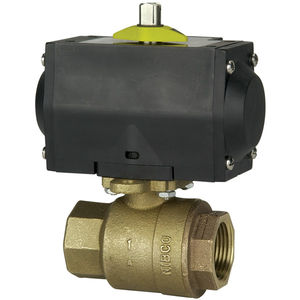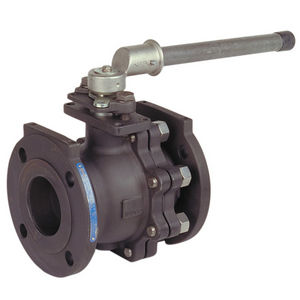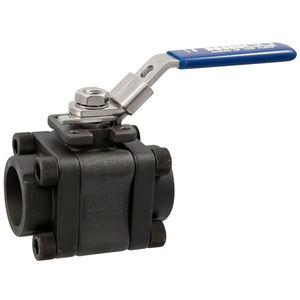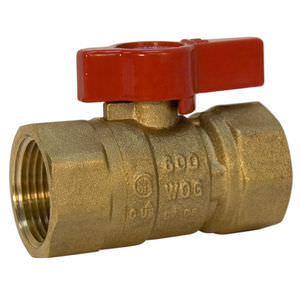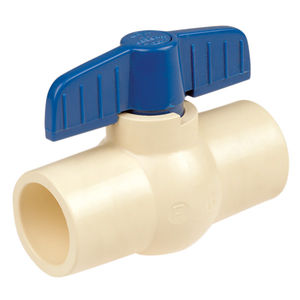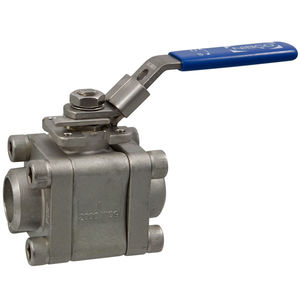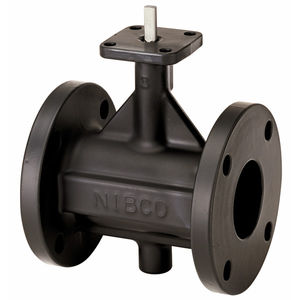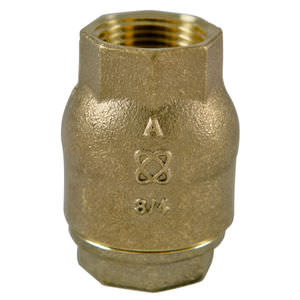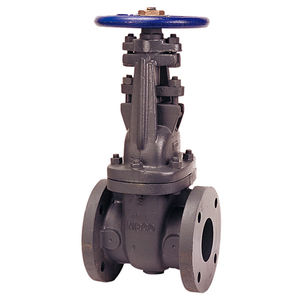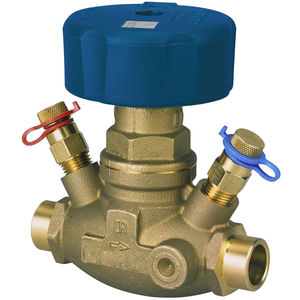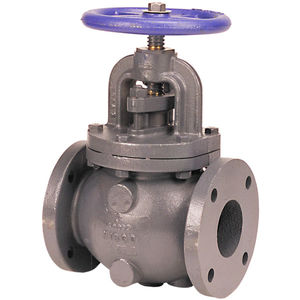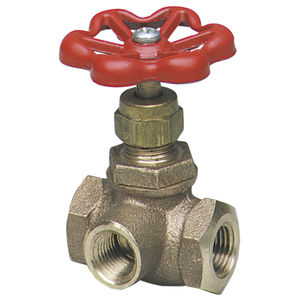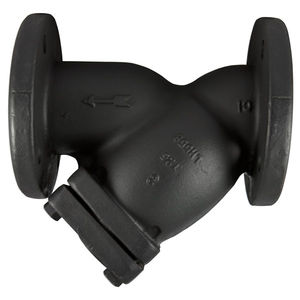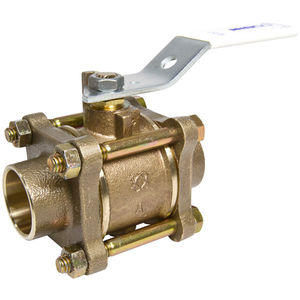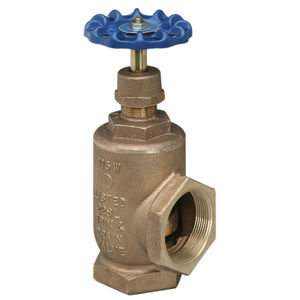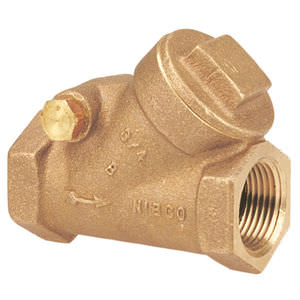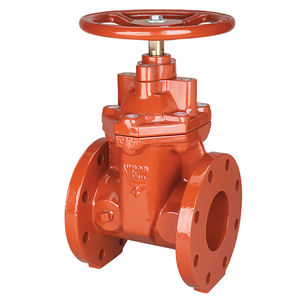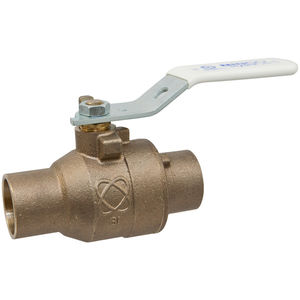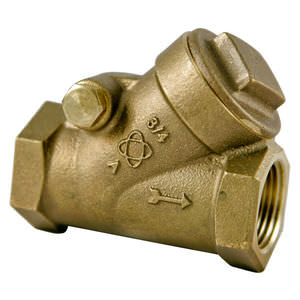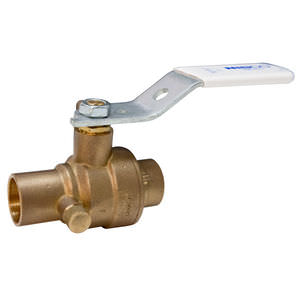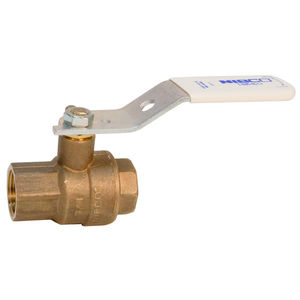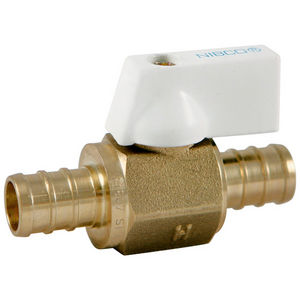
Ball valve KG 505-W-8 seriesmanualcontrolfor water

Add to favorites
Compare this product
Characteristics
- Type
- ball
- Operation
- manual
- Function
- control
- Media
- for water
- Body
- 2-piece, brass, bronze
- Applications
- industrial
- Associated function
- fire protection
- Other characteristics
- standard, fire-safe
- DN
2 in, 2.5 in
- Pressure
20.7 bar
(300.2 psi)
Description
The NIBCO® bronze ball valve provides bubble-tight shutoff at 300 PSI non-shock water working pressure (WWP) for use in automatic sprinkler fire sprinkler systems. Usually, it is employed to isolate an individual floor of a multi-floor building as the floor's main control valve.
The NIBCO® bronze ball valve features a multi-turn operator which is equipped with internal monitor switches to prevent tampering. These valves are typically used on automatic fire sprinkler system, as the floor control valve. The valve is listed by UL for use indoor and outdoor service. The two-piece valve features IPS grooved ends for easy installation. Please refer to NIBCO technical data sheet, valve selection guides and catalog for engineering and installation information. Choose NIBCO® ball valves for the most specified, versatile and economical valve option in commercial, mechanical, fire protection and industrial applications. NIBCO® ball valves are backed by the NIBCO INC. 5-year 125% limited warranty.
Blowout-proof stem
Chrome plated brass ball and silicon bronze stem
Multi-turn actuator
Grooved end connections
Dezincification resistant
Use in U.S. drinking water applications is prohibited after January 3, 2014
Conforms to MSS SP-110
FM Approved
Listed by Underwriters Laboratories (UL)
California State Fire Marshal Listing no. 7770-1243:103
Catalogs
No catalogs are available for this product.
See all of NIBCO‘s catalogsRelated Searches
*Prices are pre-tax. They exclude delivery charges and customs duties and do not include additional charges for installation or activation options. Prices are indicative only and may vary by country, with changes to the cost of raw materials and exchange rates.





